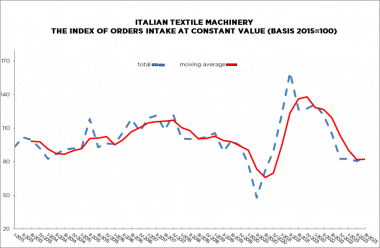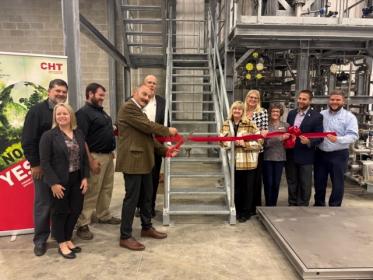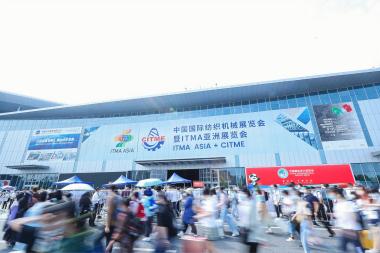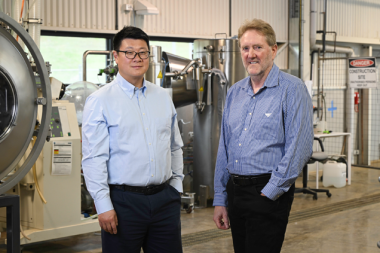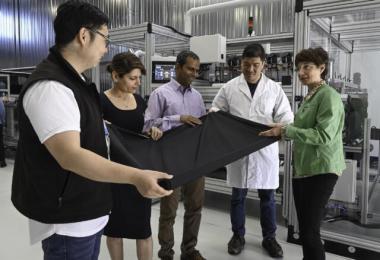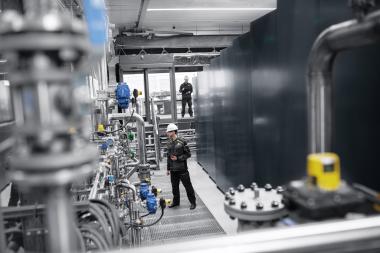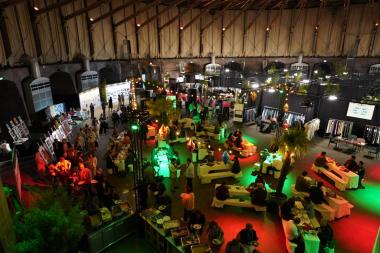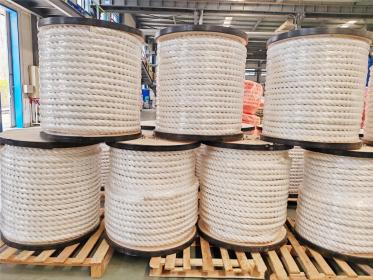Intertextile Shanghai Home Textiles: Spring Edition in March 2024
From 6 – 8 March 2024, the Spring Edition of Intertextile Shanghai Home Textiles will make its return to the National Exhibition and Convention Center in Shanghai. Showcasing home textile products, encompassing everything from floor to ceiling, exhibitors will be prepared to capture buyers’ attention during China’s traditional peak sourcing season. Suppliers can further benefit from a wider visitor scope, with many buyers crossing over from the co-located fairs Intertextile Shanghai Apparel Fabrics – Spring Edition, Yarn Expo Spring, CHIC, and PH Value. The comprehensive textile platform provides key opportunities for industry players to connect and explore new possibilities.
While the growth rate of the global economy remains slow, the domestic market in China has shown promising figures after the Chinese government implemented measures to encourage household consumption. These include providing support to both the home industry and consumers, to develop sustainable, intelligent and healthy living environments. Loan procedures for home refurnishing and funding for related industry sectors have also been optimised. Against this backdrop, for the first eight months of 2023, China Customs recorded a 7% year-on-year increase in consumables retail sales, reaching a total of RMB 3 billion (around USD 410 million). Homing in on the textile sector, profitability is regaining momentum, driven by both the local market and the success of international trade agreements such as Regional Comprehensive Economic Partnership (RCEP).
Across three days, the 2023 spring edition attracted 26,538 trade visitors and 283 exhibitors from five countries and regions. The upcoming fair in March will showcase a full range of home textiles to meet buyers’ needs, including bedding & towelling, rugs, table & kitchen linen, home textile technologies, textile design, and many more. Exhibitors, meanwhile, are set to benefit from the concurrent textile fairs, with the apparel fabrics, yarns and fibres on offer to attract additional segments of the textile value chain, and facilitate sourcing on a wider scale.
Intertextile Shanghai Home Textiles Intertextile Shanghai Spring Edition Interior textiles Home textiles
Messe Frankfurt (HK) Ltd














